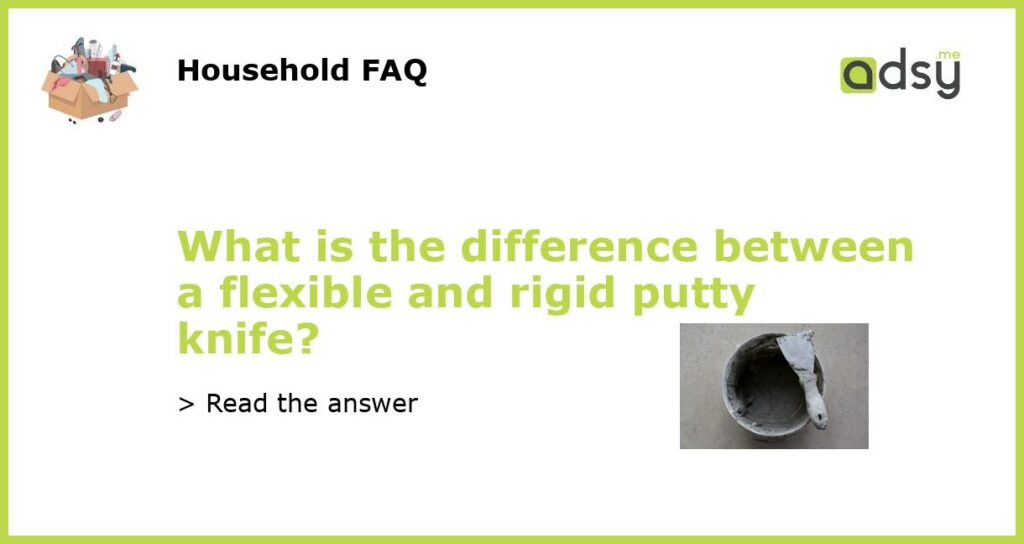Understanding the Basics of Putty Knives
Putty knives have been around for centuries to help smooth out irregularities, gaps or holes in walls. For those new to home improvement, putty knives are important tools to have when it comes to surface preparation, painting, and finishing. But did you know that not all putty knives are the same? In fact, there are two kinds of putty knives – flexible and rigid. This article will explain the differences between the two.
Flexible Putty Knife
As the name implies, a flexible putty knife has a more pliable blade that can easily bend under pressure. These types of knives are ideal for patching up holes or cracks on curved surfaces such as archways, crown molding, or window frames. Some manufacturers produce putty knives that have flexible spring blades, which can enhance their overall performance on uneven surfaces. These tools are also perfect for spreading drywall compound or joint compound to cover larger areas.
Rigid Putty Knife
Rigid putty knives, on the other hand, are designed with stiffer blades that don’t flex as easily. This characteristic makes them great for scraping and prying off old adhesive, paint, wallpaper, or any other material that you’re looking to remove. They are also very useful for applying spackling compound or filling large holes or openings in walls, floorboards or ceilings. These knives generally are used for more demanding renovation projects that require a tougher tool.
When to Use Flexible and Rigid Putty Knives
Choosing between a flexible or a rigid putty knife mainly depends on the project you’re undertaking. For small repairs and patching up jobs, flexible knives work best. They can easily conform to the contours of the surface you’re working on, and they help to maintain a smooth finish. Rigid putty knives are best suited for scraping, prying, and dispensing heavier materials, such as spackling or joint compound. So, it’s important to have both types of knives in your toolbox, so you can switch between them as needed.
Putty knives are essential tools to have in your DIY arsenal. The difference between flexible and rigid blades lies in their ability to flex. Flexible knives have more pliable blades that can bend easily, while rigid blades have stiffer blades that do not flex easily. When selecting which putty knife to use, consider the surface you are working on, and the project scope. By having both types of putty knives available, you can be sure that you have the right tool for every project that comes your way.






